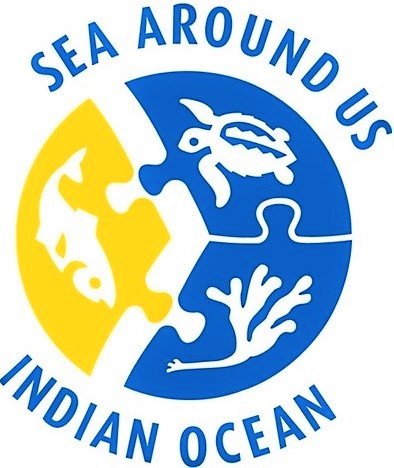Fish and invertebrate populations in steep declines worldwide
Bottom trawling impacts fish and invertebrate populations. © Joe Overlock www.fix.com/blog/biggest-threats-to-global-fisheries/
New research by the Sea Around Us-Indian Ocean and Marine Futures Lab at the University of Western Australia, and the Sea Around Us at the University of British Columbia in collaboration with GEOMAR Helmholtz Centre for Ocean Research Kiel, Germany, provides the first long-term study of coastal fish and invertebrate population trends based on over 1300 stock assessments worldwide. The study reveals strong population declines with 82% of fish and invertebrate stocks in various states of depletion, suggesting these stocks are not able to grow and reproduce at levels that can maintain the populations at levels that optimize catches. Fishers will see lower catch rates and catches over time despite fishing more often, for longer hours and with improved gear.
Figure 1. The global system of Marine Ecoregions (ME in dark blue, Spalding et al., 2007) overlaid over climatic zones of the world (Anonymous, 1991). Centroid colour in each ME indicates the climatic zone to which each ME was assigned.
The size and quantity of exploited marine fish and invertebrate populations for every marine coastal area was analysed by climate zones. The declining trend is consistent with systematic widespread global overfishing observed over the last 60 years.
The only climatic zone with currently higher fishery biomass than in 1950 is the northern Pacific polar-boreal zone, likely due to regional environmental changes that are positively affecting fish populations, combined with careful management of the fisheries by the USA.
Population biomass status in the Polar North Atlantic and Temperate North Atlantic are also showing an uptick in biomass in the last decade, likely due to improved fisheries management.
Effective and enforced fishing effort-reducing management is needed to halt and reverse the decline of fish populations, along with the implementation of large, no-take marine protected areas to empower stock rebuilding and resilience. Management strategies must be science-based and strongly enforced to limit annual catches and allow fish stock recovery.
Figure 2. Summary by climatic zone of the number of populations analyzed and the number of populations excluded from this analysis due to uncertainties in the underlying catch data or because more than 20% of the catch consisted of poorly monitored discards.
Figure 3. Frequency distribution of the average fishery exploited population biomass status (B) over the most recent five-year period (2010-2014) relative to the optimal biomass level for Maximum Sustainable Yield (BMSY) for the 1320 populations analyzed in this study.
Author comments
Co-author Dirk Zeller, leader of the Sea Around Us – Indian Ocean initiative at UWA, said “the findings support previous suggestions of systematic and widespread overfishing of the coastal and continental shelf waters in much of the world over the last 60 years.”
Pathways for improvements in effective fisheries management are needed, and such measures should be driven by scientifically set and strongly enforced total allowable annual catch limits,”Professor Zeller said.
Co-author Jessica Meeuwig, Director of the Marine Futures Lab at UWA, said “the results could have major implications for international fisheries and marine resource policy.”
“Our findings suggest that, to halt and reverse declines in fish populations, well-enforced and sizeable no–take marine protected areas are required on ocean-basin scales, echoing the international target of 30% by 2030,” Professor Meeuwig said.
The official UWA press release can be found here
Citation: Palomares MLD, Froese R, Derrick B, Meeuwig J, Nöel S-L, Tsui G, Woroniak J, Zeller, D, Pauly D (2020) Fishery biomass trends of exploited fish populations in marine ecoregions, climatic zones and ocean basins. Estuarine, Coastal and Shelf Science
The publication can be found at https://doi.org/10.1016/j.ecss.2020.106896




